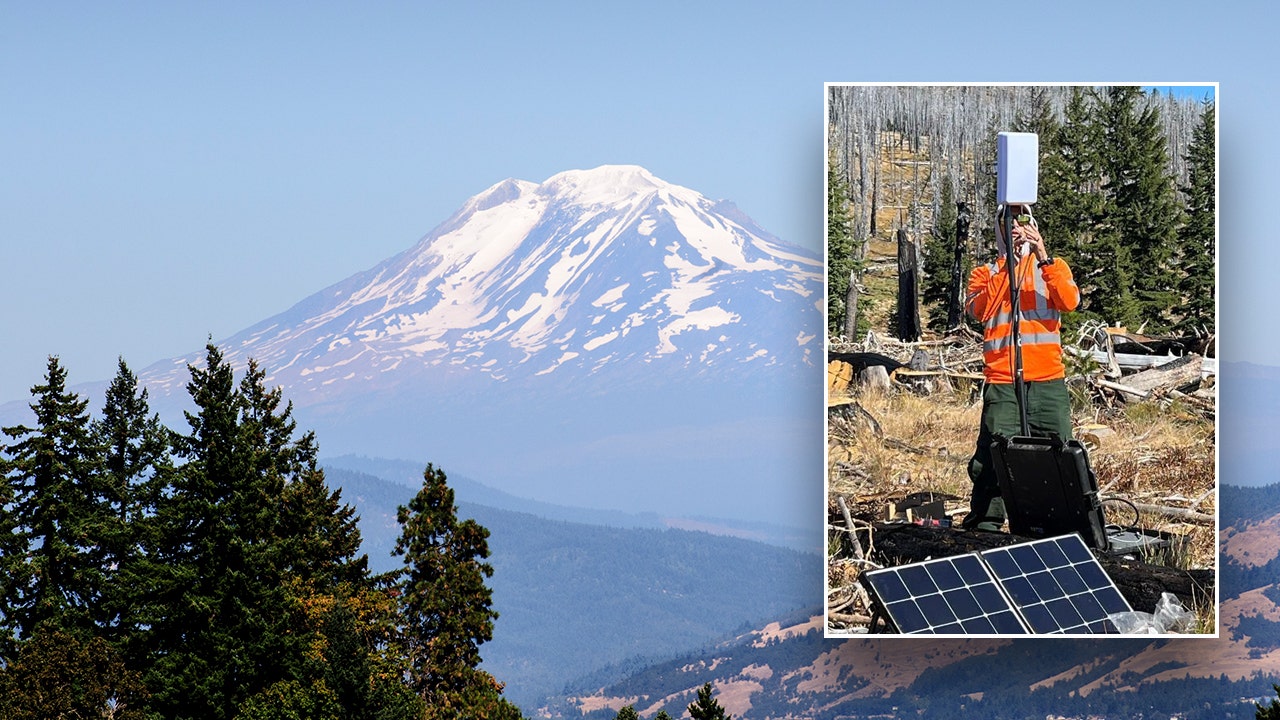More monitoring of Washington volcano is being done by scientists due to a rise in earthquakes.
In September, Mount Adams experienced six earthquakes, which is more than its usual rate of one earthquake every two to three years.

After a surge in seismic activity, scientists have placed monitors on Mount Adams in Washington State.
Since monitoring began in 1982, the most earthquakes in a single month on Mount Adams occurred in September, with six earthquakes. Typically, Mount Adams experiences an earthquake every two to three years.
The USGS Cascades Volcano Observatory (CVO) and Pacific Northwest Seismic Network (PNSN) monitored the earthquakes, which had magnitudes ranging from 0.9 to 2.0. However, none of the earthquakes were felt at the surface, the USGS stated.
The USGS stated that monitoring the volcano is limited due to the single seismic station nearby.

Scientists plan to install temporary seismic stations near Mount Adams to detect smaller earthquakes and estimate their size, location, and depth. This data will help assess the significance of the increased seismic activity near the volcano.
The U.S. Forest Service has granted permission for CVO to set up temporary stations near Mount Adams. The data collected will be transmitted to both CVO and PNSN in real-time.

Although there has been an increase in seismic activity, the USGS confirms that there is no reason for alarm, and the alert level and color code for Mount Adams remain at Green and Normal.
Nearly 50 miles west-southwest of Yakima, Washington, lies Mount Adams, which is situated in south central Washington.

Mount Adams, located in the north-south trending Mount Adams-King Mountain volcanic field, is the most prominent summit among the over 120 smaller volcanoes. It is also the second-tallest volcano in Washington and the largest active volcano in the state in terms of volume and area, as per the USGS.
Over the past 12,000 years, there have been four lava flows that originated from the apron of the volcano and two vents situated along the south ridge. These flows usually only traveled a few miles from their vents.

Between 3,800 and 7,600 years ago, Mount Adams last erupted, according to the USGS.
The threat of lahars, which are muddy flows of rock, ash, and ice that rush downstream like fast-flowing concrete, poses a significant danger to individuals living near the volcano.
The summit, covered in ice, conceals large volumes of hydrothermally weakened rock that, if weakened by future landslides, could trigger lahars.
science
You might also like
- Lunar modules from the first two moon landings have been captured in stunning detail by Orbiter photos, more than 50 years after the historic missions.
- Discovery of a remarkable mastodon jaw in a New York homeowner's backyard
- NASA resumes communication with Interstellar Voyager 1 after pause.
- In 2055, the asteroid that was once referred to as Earth's "mini moon" will make a return visit.
- A new species of sea slug that resides in the ocean's 'midnight zone' has been discovered with a glowing appearance.



















